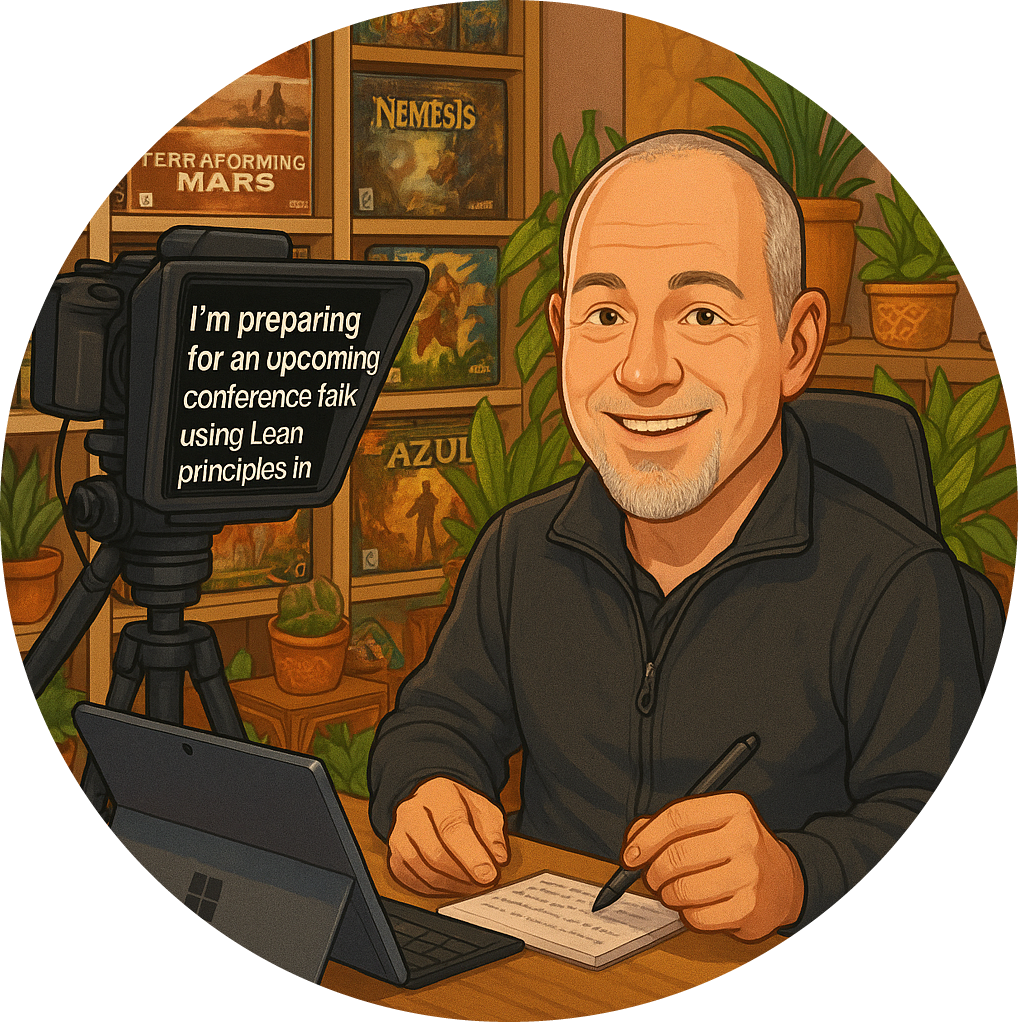When it comes to visualising work in a Kanban system, one of the most crucial elements is the Kanban board itself. I can’t stress enough how important it is to have a clear representation of your workflow. It’s not just about aesthetics; it’s about understanding how your system operates and how work moves through it.
Understanding Your Workflow
To start, you need to take a good, hard look at your current processes. Here’s how I approach it:
- Identify Work Items: What are the tasks or items that flow through your system? This could be anything from software features to marketing campaigns.
- Map the Flow: Think about how these items move across your board. What stages do they go through? This is where you’ll define the columns on your Kanban board.
The Ideal vs. Reality
Now, let’s talk about the ideal scenario. The most optimal way to manage work is through a single piece flow—essentially, one item at a time. You’d have three simple columns:
- To Do
- In Progress
- Done
However, let’s be real: we don’t live in a perfect world. In my experience, most teams face various constraints that prevent them from achieving this ideal state.
Customising Your Kanban Board
Given that reality, it’s essential to tailor your Kanban board to reflect how work actually flows through your system. Here’s what I recommend:
- Assess Current Columns: Look at the columns you currently have. Are they representative of the actual stages your work goes through?
- Adjust as Necessary: Don’t be afraid to modify your board. If you find that work often gets stuck in a particular stage, consider adding a column to reflect that.
- Visual Cues: Use colours or tags to indicate different types of work or priorities. This can help your team quickly identify what needs attention.
The Importance of Visualisation
Visualising your work isn’t just about making things pretty; it’s about clarity and communication. A well-structured Kanban board can:
- Enhance Team Collaboration : Everyone can see what’s happening at a glance, which fosters better communication.
- Identify Bottlenecks: When you can see where work is getting stuck, you can take action to resolve those issues.
- Improve Focus: By limiting work in progress, you encourage your team to concentrate on completing tasks rather than starting new ones.
Conclusion
In conclusion, creating an effective Kanban board is a vital step in visualising your work and improving your workflow. While the ideal of single piece flow is appealing, it’s essential to adapt your board to reflect the reality of your processes. By doing so, you’ll not only enhance your team’s efficiency but also foster a culture of continuous improvement .
Remember, the goal is to create a board that truly represents how your work flows through your system. So take the time to assess, adjust, and optimise your Kanban board—it will pay off in the long run.


























